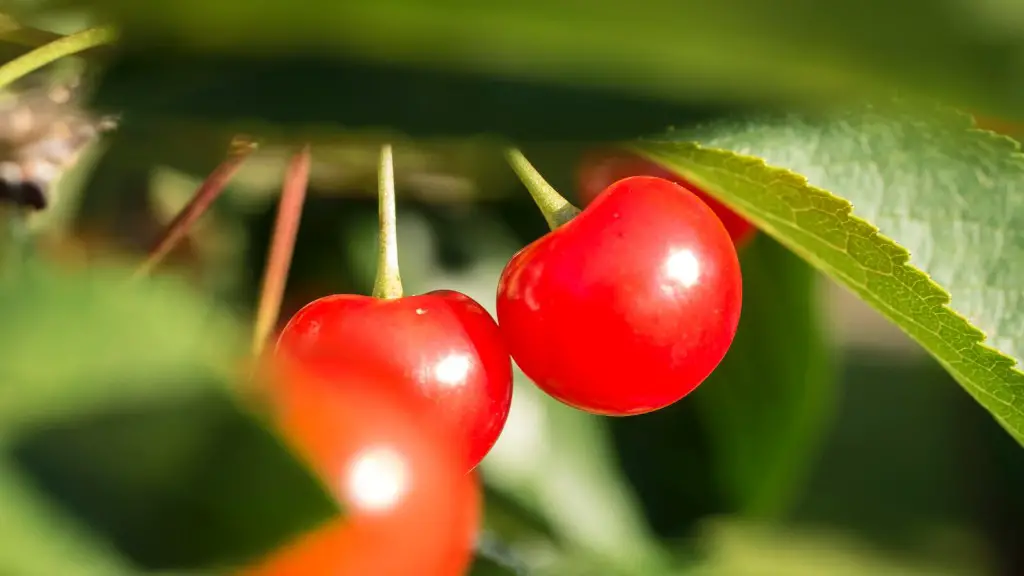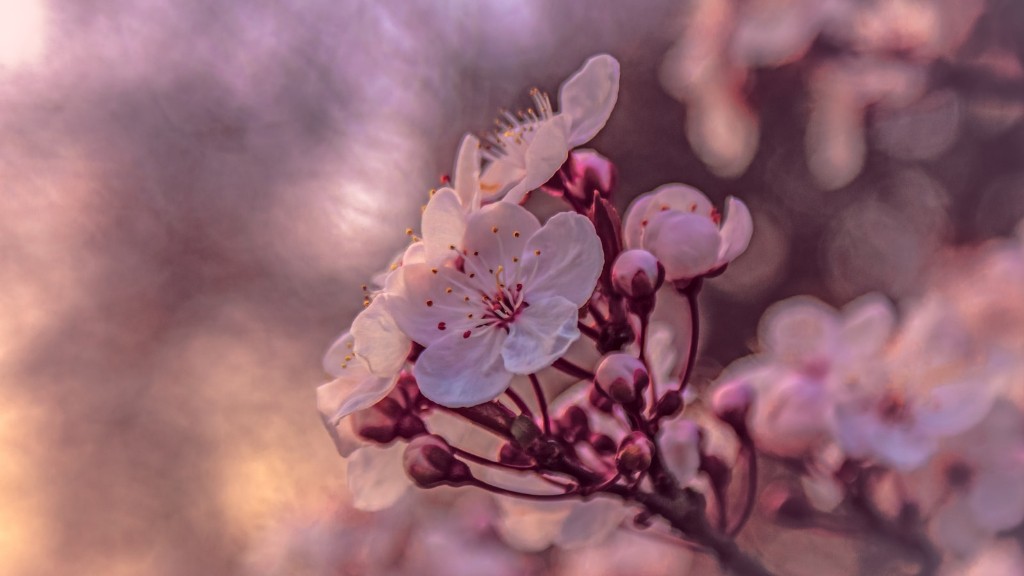Introduction
Cherry blossom trees make beautiful additions to gardens and landscapes around the world, conjuring images of a peaceful spring landscape awash in shades of pink and white. People with a green thumb often find themselves asking, how much does a cherry blossom tree cost? The short answer is, it depends. Cherry blossom trees come in various sizes, and the cost is related to the size of the tree. However, there are other factors that potential gardeners should consider when deciding whether to invest in a cherry blossom tree.
Species of Cherry Blossom Trees
There are five main species of cherry blossom trees. These are the Prunus cerasus, Prunus incisa, Prunus apetala, Prunus serrulata and Prunus subhirtella. Generally, these varieties are distinguished by the shape, size and color of their delicate blossoms, their bark and their hardy leaves. Typically, Prunus serrulata and Prunus subhirtella are two of the most popular species for gardeners, thanks to their showy pink flowers, although other species offer eye-catching white or yellow petals.
Costs of Purchasing a Cherry Blossom Tree
When it comes to costs, the price of a cherry blossom tree will depend on several factors. For instance, small cherry blossom trees that are between 1 and 5 feet tall cost between $20 and $50. Medium-sized trees that are 5 to 7 feet tall costs between $50 to $70. Large trees that are 7 to 10 feet tall tend to be more expensive, costing upwards of $80.
Maintenance Costs
It’s important to remember that owning a cherry blossom tree requires maintenance that can add to its costs. Trees, including cherry blossom trees, need to be watered, pruned and fed the right nutrients to stay healthy. This can be done yourself, with the supplies needed to cost between $20 and $50 depending on the type of gardening supplies needed. Of course, instead of taking this on yourself, you can hire someone else to do it. This can double the cost to around $100 or $200 a year.
Will the Climate Suit a Cherry Blossom Tree?
It’s also important to consider the climate in the area you plan to plant a cherry blossom tree. In general, cherry blossom trees prefer a cool, moist climate. That means they may not thrive in climates that have hot temperatures and long dry seasons. The optimal temperature ranges for these trees is between 45 and 70 degrees Fahrenheit, with the coldest temperatures in the winter.
Finding a Place to Plant the Tree
Once you’ve determined that your climate is suitable for a cherry blossom tree, you’ll want to find the perfect spot for your tree. It’s best to find an area with plenty of sunlight and well-drained soil. The area should be clear of other structures, as cherry blossom trees can grow large over the years and forming roots in existing structures can cause damage.
Fitting the Tree Into Your Landscape
The best way to ensure a successful planting of a cherry blossom tree is to ensure that it fits in with the rest of your landscaping plans. Some cherry blossom trees are small ornamental trees designed to fit into tight spaces while others are best suited for larger areas. When selecting a tree, make sure it meets your size and space requirements.
Garden Design and Accessibility
It’s essential to think about garden design and accessibility when planting a cherry blossom tree. Consider whether you want to view the tree from inside your home or whether you want it to be a focal point in your garden. You should also consider accessibility and whether the tree will be hard to reach.
Pests and Diseases
Unfortunately, cherry blossom trees are susceptible to pests and diseases. Some of the most common are aphids, lace bugs, and powdery mildew. It’s important to identify and address problems early on, as pests and diseases can damage and even kill the tree. Be alert for signs of infestations or obvious damage, and contact a local expert for advice if you are concerned.
Conclusion
Before investing in a cherry blossom tree, it’s important to consider the size and species you’re looking for, the climate where you plan to plant it and the maintenance costs it will require. It’s also important to plan where to plant your tree, the size and design of your garden and any potential pests or diseases which may arise. Taking the time to consider all these factors can ensure a long-lasting, beautiful addition to your garden or landscape.


